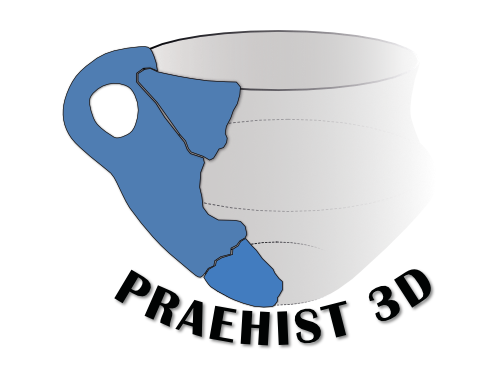Today, the ways of archaeological object documentation are changing dramatically. So it’s possible to digitize finds in 3D and to create highly detailed models of original finds. These can be viewed and analyzed interactively. This model can be viewed with photorealistic textures, as a combination of several cuts or a simple blueprint.
This very dense information these models contain is not without problems…

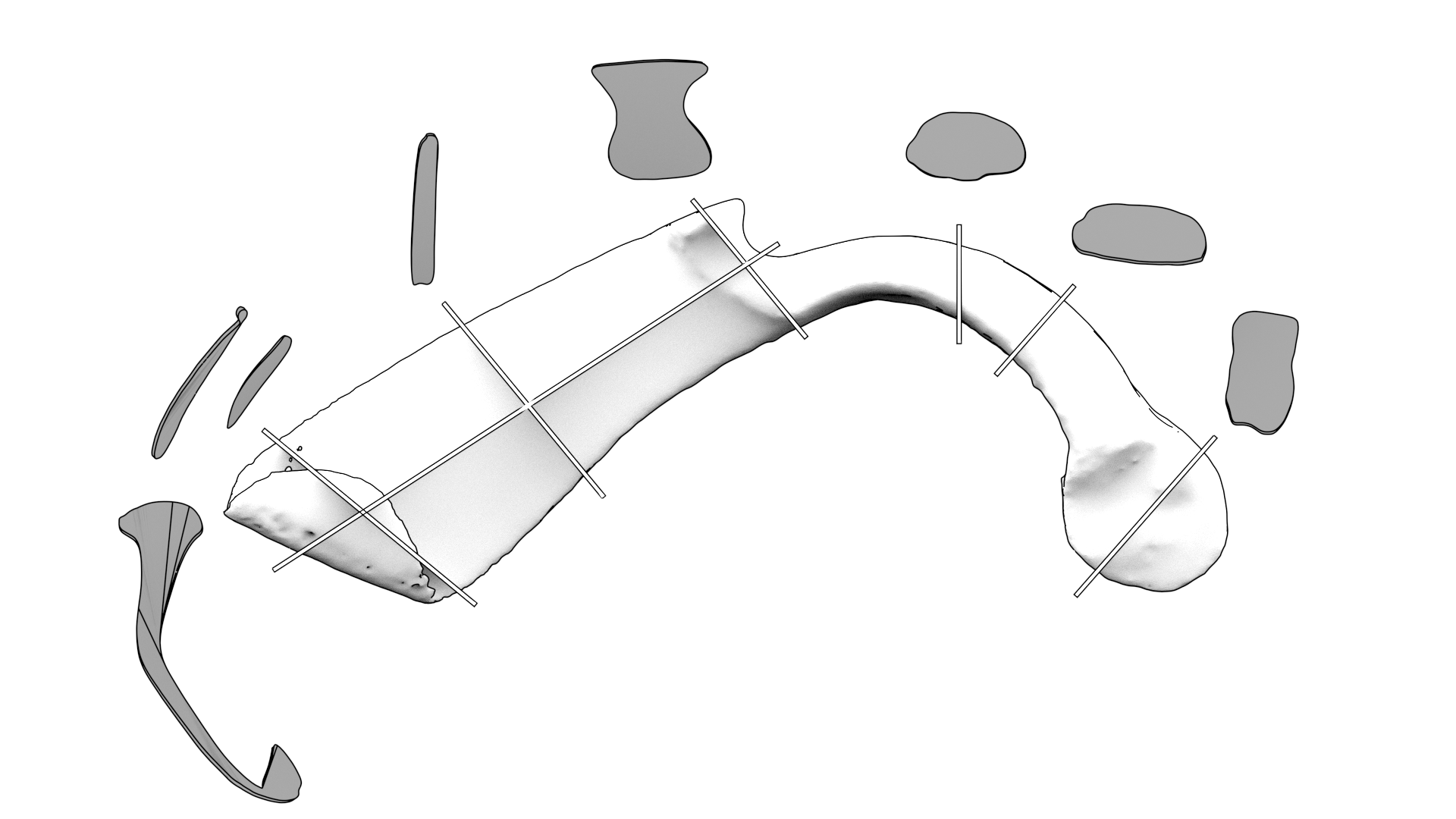
Print media and already existing Information archives
In the past 150 years, almost every find that was observed was drawn. Although photographs came in to use in the later half of the twentieth century, drawings still remain as the most usual documentation and publishing method. These millions of drawings vary in quality and validity, Sometimes they are strictly naturalistic or technically standardized and in exceptional cases rather sketches than real drawings.
3D objects in Journals, books and other print media
The new 3D scanning methods inherit many new advantages, but to compare these objects with already existing drawings, new methods have to be found.
The same standards have to be applied on 3D render pictures as on 2D drawings.
- normed views and perspectives
- Contours and scales
- Lightning
- black and white printability
First try
In the following pictures, I would like to show some examples of drawinglike 3D renders.
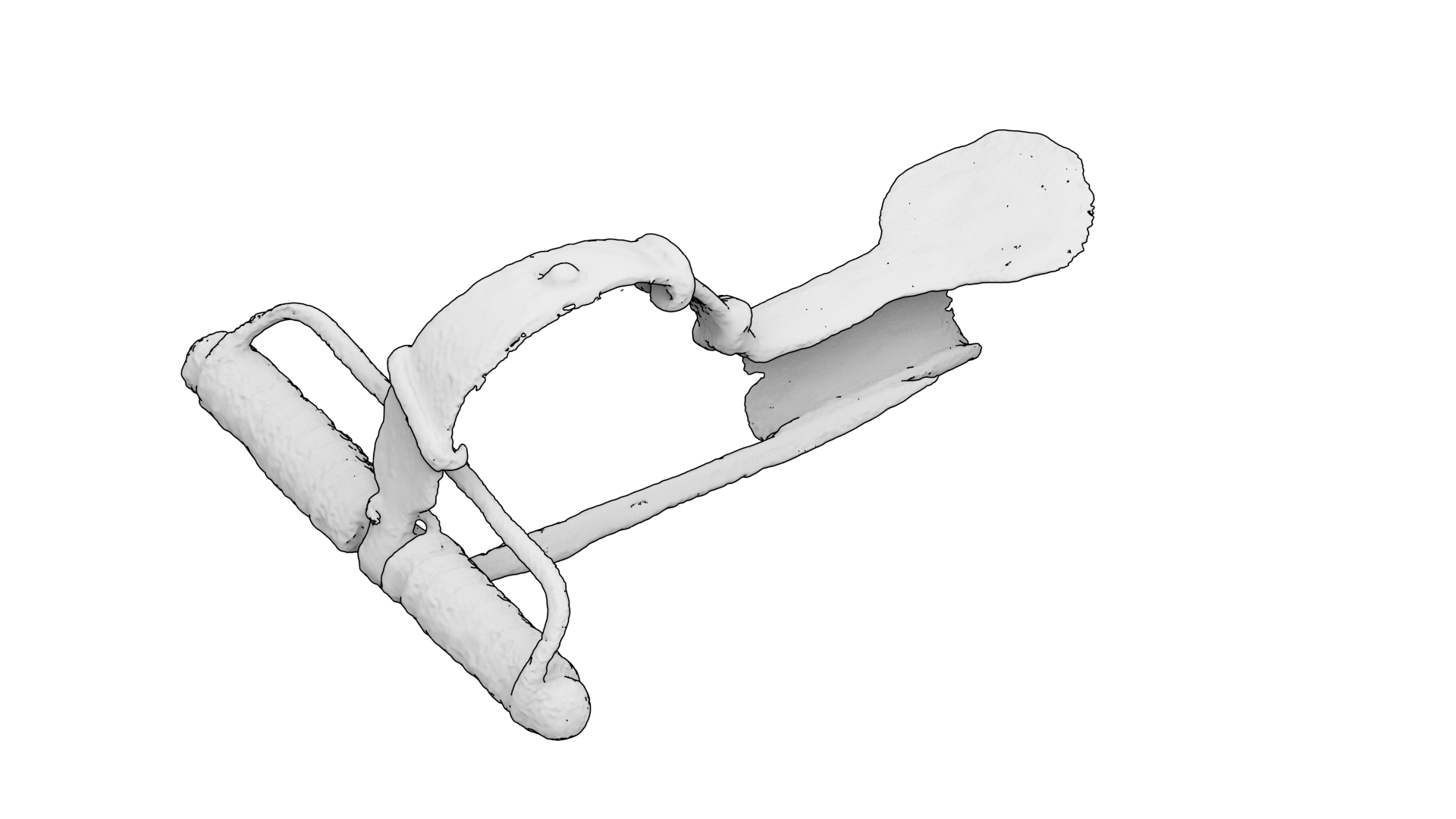
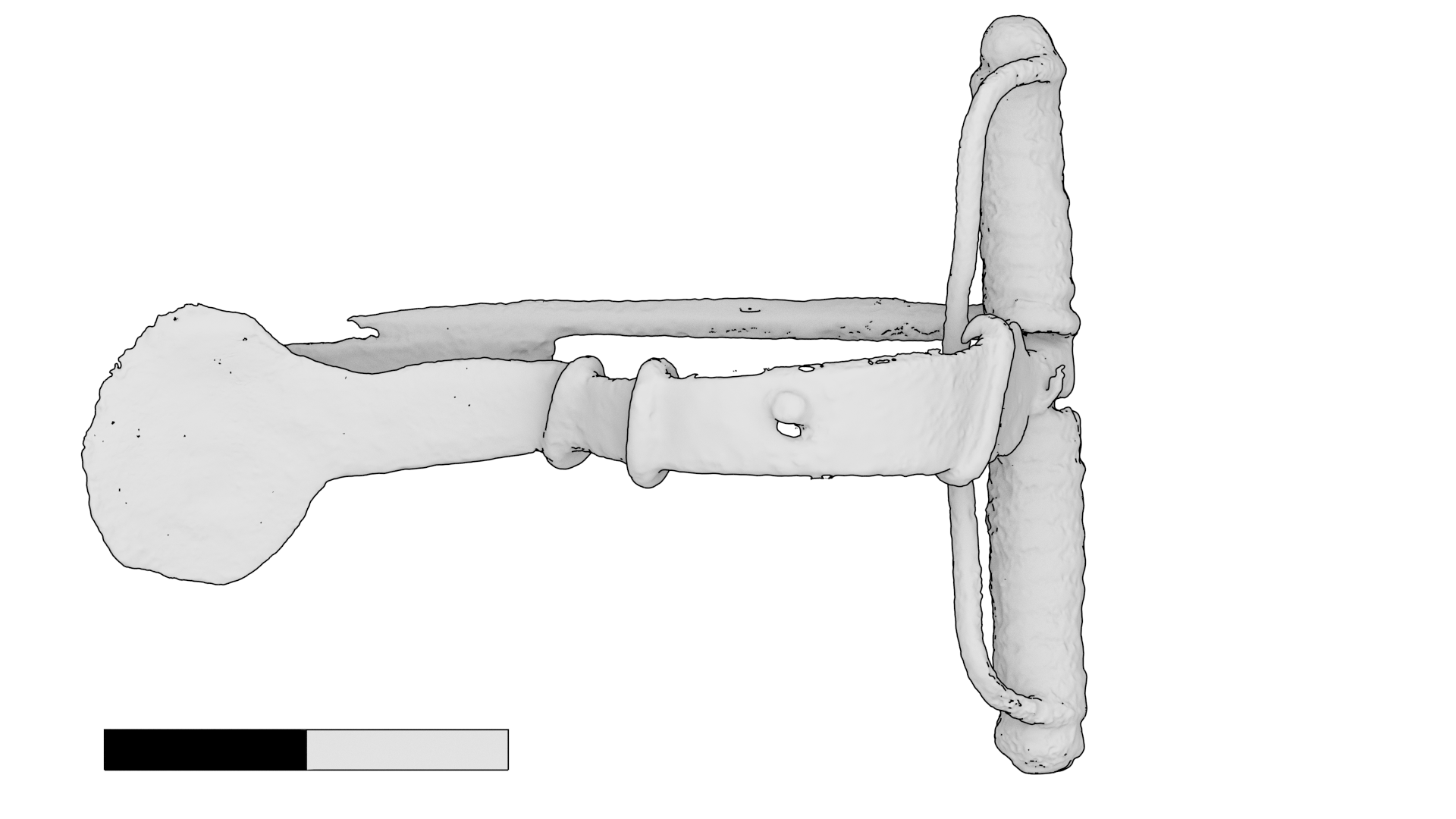


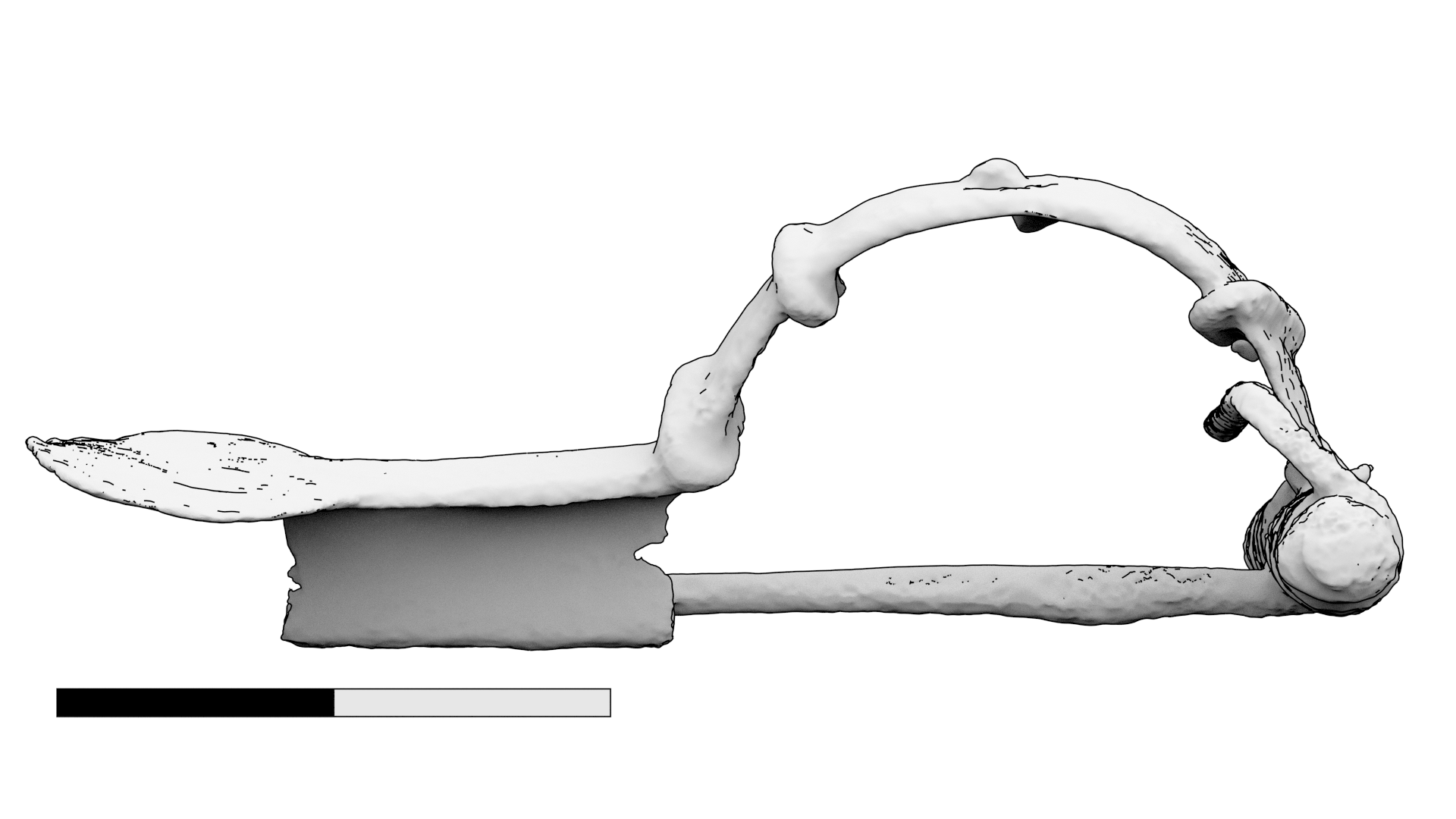
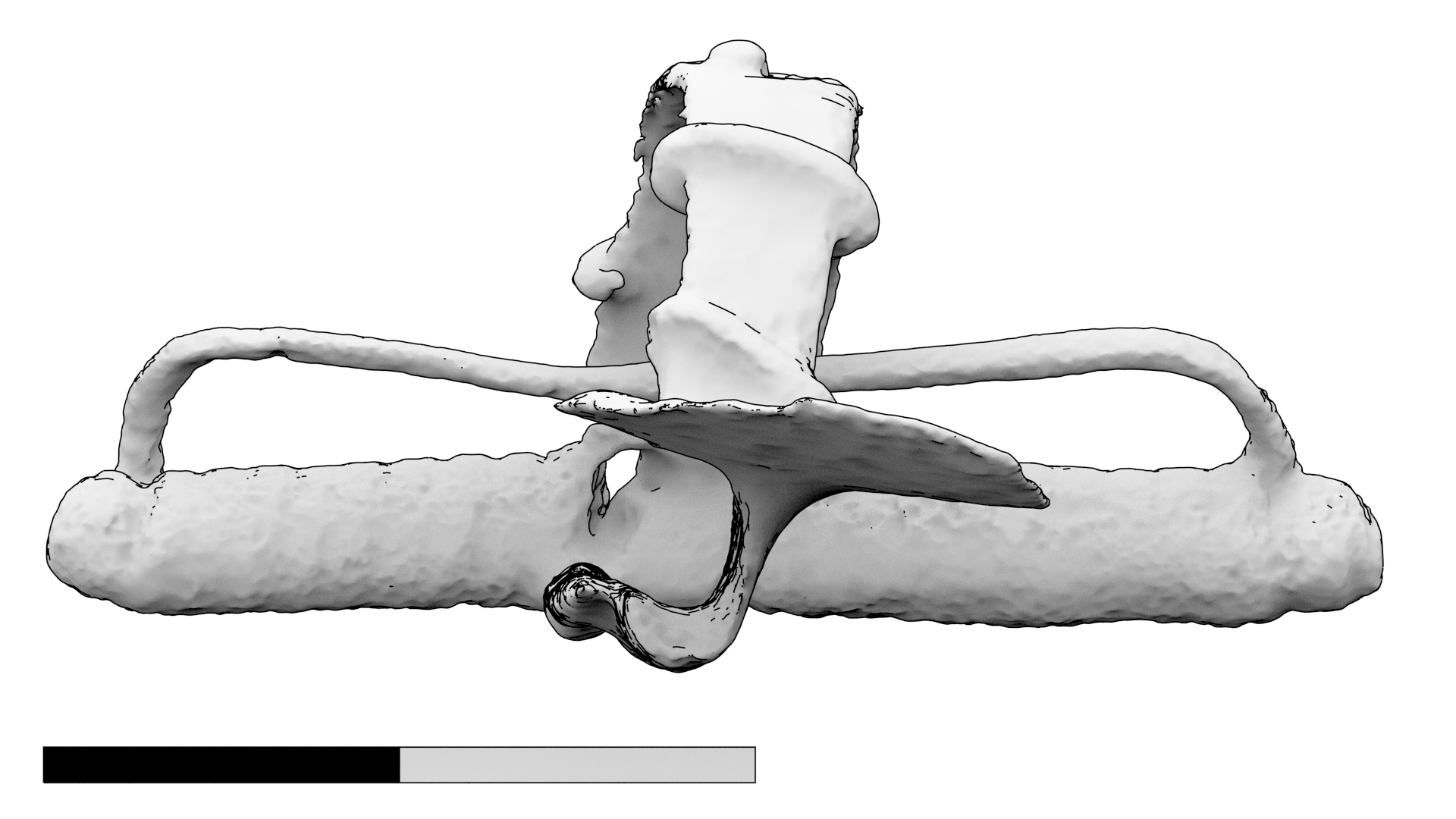
The pictures above are a combination of simple shaded 3D Models and drawn edges and contours.
If you have any critics or remarks, please leave a comment.
Kontakt aufnehmen:
Haben Sie Interesse an 3D-Scans, Drucken, Rekonstruktionen, Workshops oder Fragen? Dann melden Sie sich!
